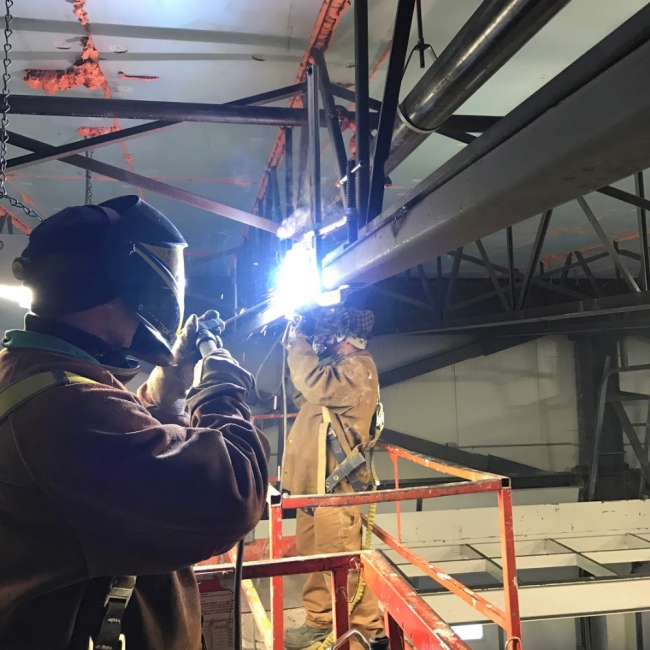
An indispensable part of the construction industry, structural welding is responsible for holding together buildings, bridges, and more. However, despite their significance and the bevy of rigorous standards that govern their application, myths about them still abound.
Unfortunately, misconceptions concerning structural welding can lead to a host of issues, including poor practices, underestimation of associated risks, and avoidable accidents. That’s why it’s important to educate yourself about them so you can arm yourself with the knowledge of the truth and prevent any of the issues we just mentioned.
Let’s begin!
No two welds are the same, and that’s a fact. The similarities between them stop at their appearance as they differ quite a bit in terms of strength and quality. That’s not the only difference between them. From the composition of the base metal to the filler material as well as the welding technique used - each of them serves as a crucial point of difference. What’s more, the surrounding environment as well as the position of the weld also serve as key distinguishing factors.
For example, in the case of structural applications (particularly the kind where poor welding can lead to a potential catastrophe), it is crucial for each weld to meet certain standards such as CSA W59. Visual inspection is not enough to determine if the particular weld meets these standards. To validate its performance, it is critical to conduct ultrasonic testing (UT) or radiographic testing (RT).
It is far more complex than that. Truth be told, the process of structural welding is a science rooted in metallurgical compatibility. It should account for heat input, thermal expansion, joint design as well as potential defects, so the resultant weld is strong enough to stand the test of time.
Besides, welding also involves choosing the most suitable method for each project - be it SMAW (stick), FCAW, GMAW (MIG), or GTAW (TIG). Only certified welders have the knowledge and expertise required to make the right choice for each project.
Strength is an obvious quality, but in structural welding, “stronger” doesn’t always translate to “better”. Overwelding, in which the size of the weld is larger than what the design requires, can be a recipe for disaster in certain cases. The use of extra weld material can cause distortion and increase residual stress and costs without contributing positively in any shape or manner. In the case of structural applications, the goal should always be to meet the design intent to ensure efficiency and cost-effectiveness.
Flattering as it may sound, welding isn’t a cure-all. Instances where welding is not a suitable option include structures that are fabricated with low-quality materials, are poorly designed or are heavily damaged. Trying to fix these issues with welding can lead to a reduction in the integrity of the structure or it may worsen the existing issue. It is crucial to assess the components in question before deciding if welding is the right solution.
Both post-weld heat treatment (PWHT) and preheating are an unskippable part of the process. Omitting them can adversely impact the joint, leading to issues such as high residual stress, cold cracks, or brittleness. Especially in the case of alloys or high-carbon steel. Heat treatments are very much necessary and ensure compliance while preventing premature failure.
Just because a weld is holding now doesn’t mean it will hold well in the long run. Especially if it’s regularly exposed to dynamic or seismic loads. A strong emphasis on quality is critical to extending the lifespan of a weld. It is important to hire qualified structural welders and meet both regulatory and project-specific requirements to guarantee long-lasting results.
Precision, science, and safety form the foundational principles on which welding rests. Busting common myths and doing the job right is key to protecting the structure as well as people’s lives by averting premature failure. If you’re looking for trustworthy structural welding in Toronto, you can lay your hunt to rest with Weld Rich and Steel. Our qualified welders are experts in meeting project requirements and strict compliance standards. Contact us to discuss your welding needs and to set up an on-site visit.